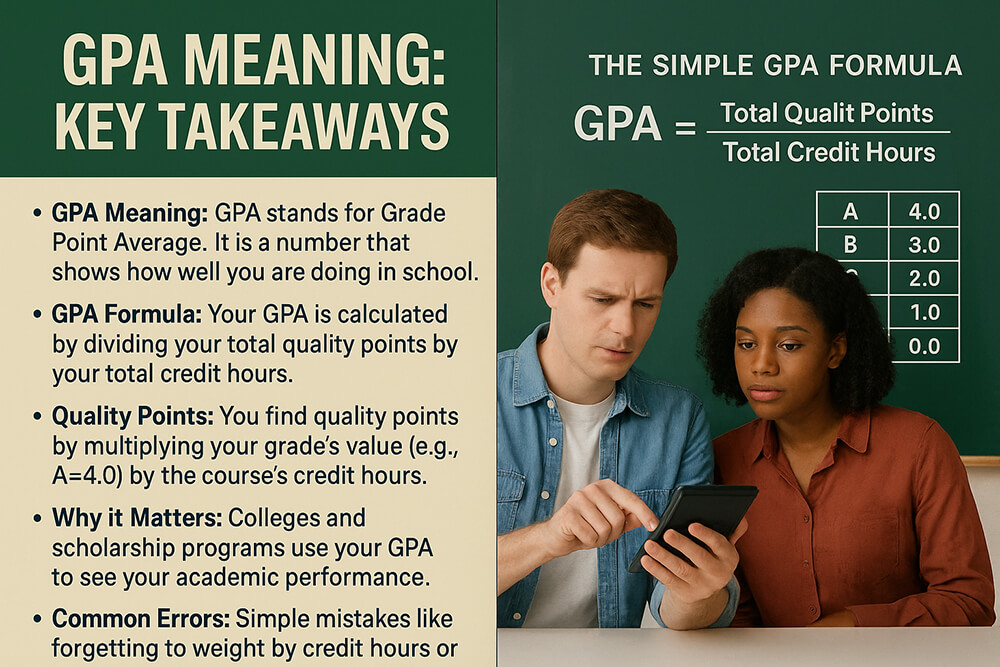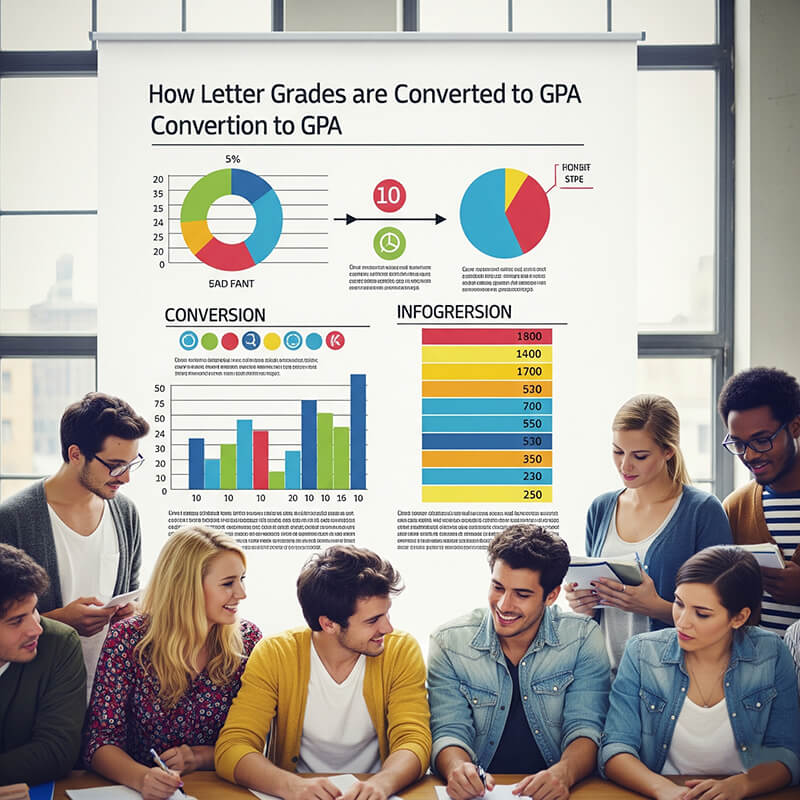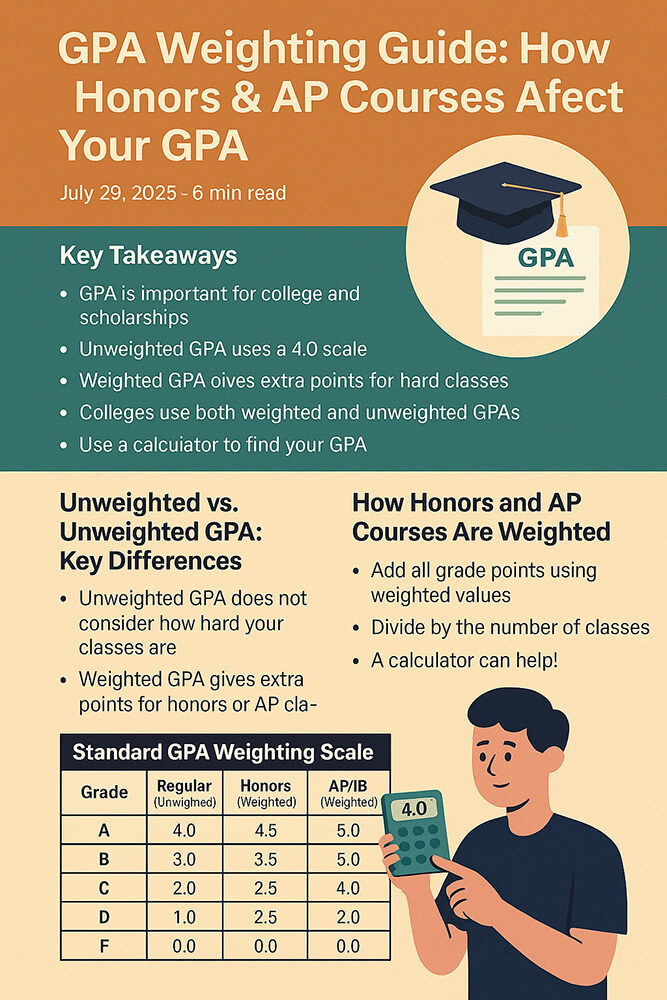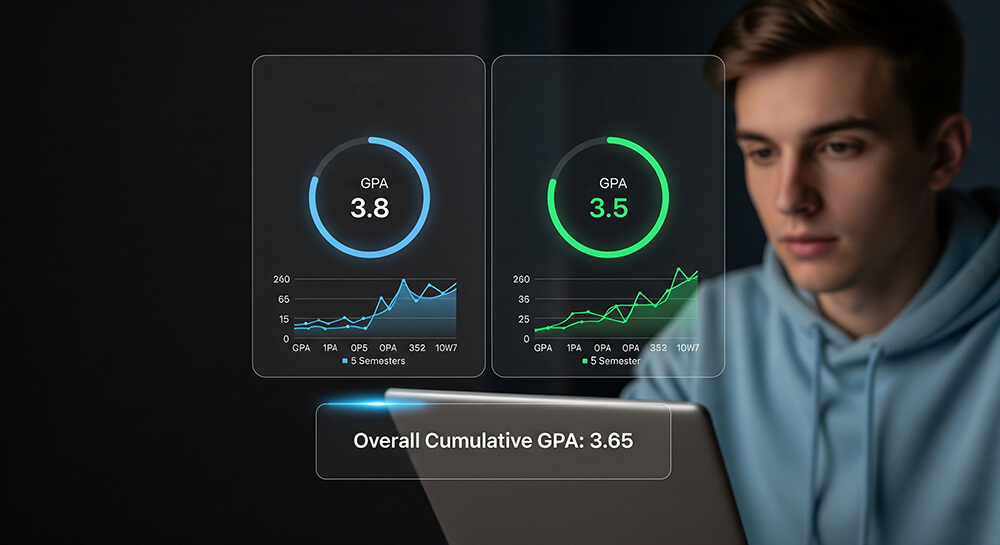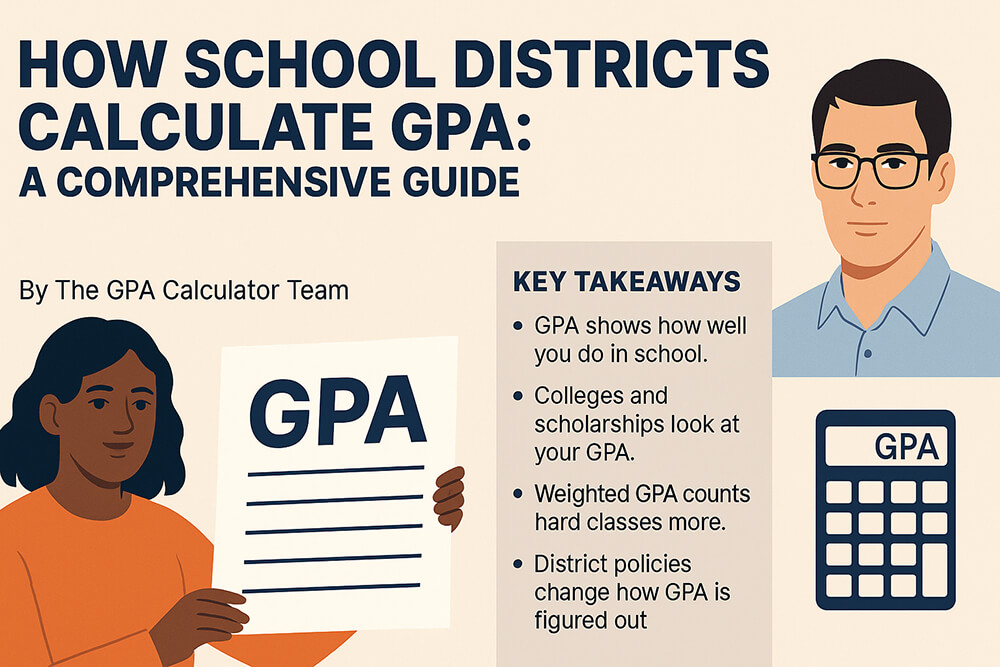| Key Takeaway | Description |
|---|---|
| What It Is | The Transfer-Credits GPA Integrator is a tool that helps students see how credits from another school affect their overall GPA. |
| Why It Matters | Schools have different rules for transfer credits. Some include the grades in your new GPA, while others only accept the credits. |
| How It Works | You enter your old grades, transfer courses, and new courses. The tool calculates your semester and cumulative GPA based on your school's policy. |
| Core Function | It uses credit-hour weighting. This means a 4-credit class has a bigger impact on your GPA than a 1-credit class. |
What is the Transfer-Credits GPA Integrator?
The Transfer-Credits GPA Integrator helps you understand your academic standing after moving schools. It is a feature of the main College GPA Calculator. Many students transfer colleges. They need to know how their old grades will combine with their new ones. This tool makes that process simple. You can input your courses from your old school and your new school. The calculator then shows you your updated GPA. This helps you plan for graduation, apply for scholarships, or prepare for graduate school.
How Do I Figure Out My GPA?
Figuring out your GPA can seem hard, but it follows a clear set of rules. You need to know the grade you got in each class and how many credits each class was worth. The basic GPA formula guide multiplies your grade points by the number of credits. You do this for all your classes and then divide by the total number of credits. Our simple guide on how to calculate GPA breaks down each step. It makes the math easy to follow.
Understanding Your Grades and Credits
Your GPA is built on a few key ideas. First, schools turn your letter grades into numbers. A letter to point GPA conversion guide shows how an A is a 4.0 and a B is a 3.0. Next, not all classes are equal. The concept of credit-hour weighting in GPA means classes with more credits affect your GPA more. Finally, you should know the difference between quality points vs. GPA. Quality points are your grade points multiplied by credits for one class. Your GPA is the average of all your quality points.
What About Different Types of Courses?
Different courses can change your GPA in unique ways. It is important to know the basics of a weighted vs. unweighted GPA. Honors and AP classes often use a weighted scale. A GPA weighting guide for Honors and AP explains how an A in these classes might be worth 5.0 points instead of 4.0. Some classes might not affect your GPA at all. You can learn how pass/fail grades impact your GPA, as they often provide credit without changing your average.
The Difference Between Weighted and Unweighted GPA
A common point of confusion for students is the weighted GPA. Many stories you hear about them are not true. There are several weighted GPA myths debunked that can clarify how they work. An unweighted GPA is on a 4.0 scale. A weighted GPA is often on a 5.0 scale to reward students for taking harder classes. You can use a weighted vs. unweighted GPA calculator to see the difference for your own grades. This is very helpful when you are a transfer student with advanced courses.
Handling Special Transfer Scenarios
Transfer students often have unique academic histories. If you are pursuing two degrees, the dual-degree GPA splitter can help you manage your grades for each program. If you are coming from an international school, an IB to GPA conversion guide is a useful resource. Sometimes students retake classes to get a better grade. The repeat course GPA recalculator shows you how your GPA changes after replacing an old grade with a new one. These tools help you get an accurate picture of your standing.
School-Specific GPA Calculations
Every school system can have its own rules. You need to know how school districts calculate GPA to be sure your numbers are correct. Some colleges use trimesters instead of semesters. A trimester GPA calculator is built for that schedule. Other schools use different scales. A 5.0 GPA scale guide explains how this system works, which is common for weighted GPAs. Always check your own school's policy to confirm you are using the right method for your transfer credits.
Avoiding Common GPA Mistakes
It is easy to make a mistake when calculating your GPA. Knowing the common GPA calculation errors to avoid can save you a lot of trouble. A frequent error is forgetting to weight courses by their credit hours. Another is using the wrong grade point value for a letter grade. To be certain your GPA is correct, you should perform a transcript GPA audit. This means you check your transcript against the calculations from the tool. It ensures everything matches up perfectly.
Looking Ahead: GPA for Your Future
Your GPA is important for your future goals. If you are still in high school, a high school GPA calculator helps you prepare for college applications. For new college students, the freshman year GPA predictor can set you on the right path. It is also good to understand the idea of GPA inflation vs. deflation to see how grading standards have changed over time. A complete GPA calculator guide can help you at every stage of your academic journey.
Frequently Asked Questions (FAQ)
How does the Transfer-Credits GPA Integrator work? The tool lets you enter courses and grades from your previous school and your current one. You select whether your new school includes transfer grades in GPA calculations. It then provides an updated semester and cumulative GPA based on this information.
Do all schools handle transfer credits the same way? No, policies vary. Some schools include transfer grades in your new GPA. Others only accept the credits and your GPA starts fresh. You should always check with your new school's registrar or academic advisor.
What is the difference between quality points and GPA? Quality points are calculated for a single class by multiplying the grade point value (e.g., A=4.0) by the course's credit hours. Your GPA is the total of all your quality points divided by the total of all your credit hours.
Can I calculate my GPA if I retook a class? Yes. You can use a repeat course GPA recalculator to see how your GPA changes when you replace a lower grade with a higher one from a repeated course.


